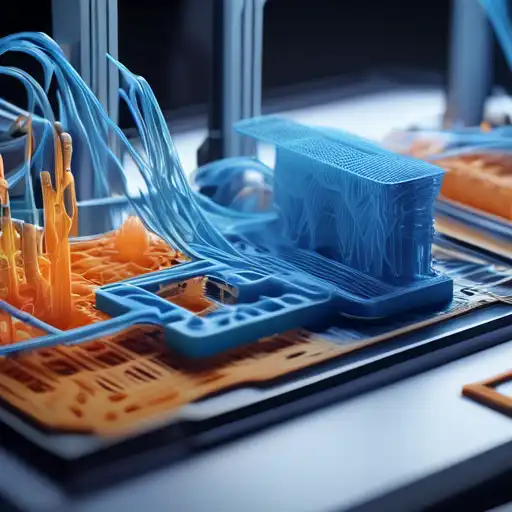The Dawn of a New Manufacturing Era
3D printing, also known as additive manufacturing, is revolutionizing the way we create objects, from simple household items to complex industrial components. This technology builds objects layer by layer, offering unparalleled flexibility in design and production. As we delve into the capabilities of 3D printing, it's clear that this innovation is not just about creating objects; it's about reimagining the future of manufacturing, design, and even medicine.
How 3D Printing Works
At its core, 3D printing involves the process of creating three-dimensional objects from a digital file. The printer reads the design and lays down successive layers of material until the object is fully formed. This method allows for the production of shapes and structures that would be impossible or prohibitively expensive to make with traditional manufacturing techniques.
The Benefits of 3D Printing
3D printing offers numerous advantages over conventional manufacturing methods, including:
- Customization: Products can be tailored to individual needs without significant cost increases.
- Speed: Prototypes can be produced rapidly, accelerating the development process.
- Waste Reduction: Additive manufacturing uses only the material needed, minimizing waste.
- Complexity: Intricate designs that are difficult or impossible to achieve with traditional methods can be easily printed.
Applications of 3D Printing
The applications of 3D printing are vast and varied, spanning across industries such as:
- Healthcare: Custom prosthetics, dental implants, and even bioprinting of tissues and organs.
- Aerospace: Lightweight components for aircraft and spacecraft, reducing fuel consumption and emissions.
- Automotive: Custom parts and prototypes, enabling faster innovation and customization.
- Fashion: Unique, customizable clothing and accessories.
Challenges and Future Directions
Despite its potential, 3D printing faces challenges such as material limitations, high costs for industrial-grade printers, and intellectual property concerns. However, ongoing research and development are addressing these issues, paving the way for broader adoption and even more innovative applications.
As we look to the future, 3D printing stands as a cornerstone of the next industrial revolution. Its ability to democratize manufacturing, reduce environmental impact, and foster innovation is unparalleled. The journey of 3D printing is just beginning, and its full potential is yet to be realized.
For more insights into the latest technological advancements, explore our technology section.
